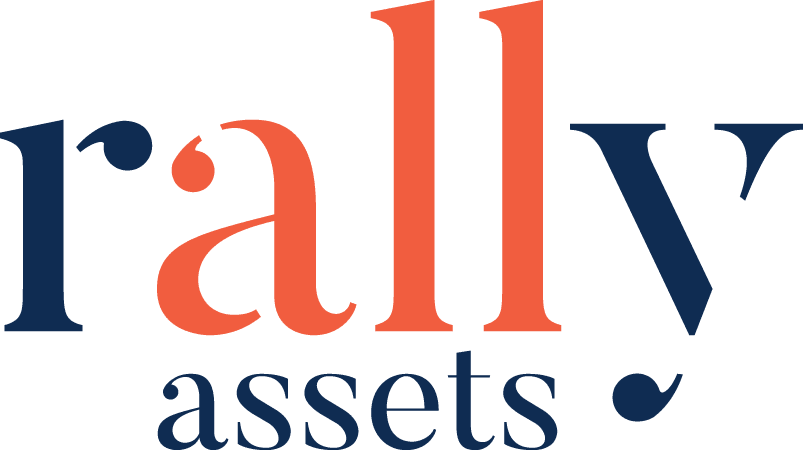Rally Inclusive Impact Methodology (RIIM) is a sophisticated, dynamic methodology designed to assess, measure and manage the impact generated through an investment strategy. We use it with all our impact funds and client portfolios. RIIM was first developed several years ago, through deep research, methodological construction, iteration and testing. It has been expanded and refined since then to incorporate changes to external impact measurement practices as well as our deeper knowledge.
RIIM Assessment
The RIIM assessment of impact covers a great number of data points and analysis to enable understanding of a product’s impact intention, as well as the depth, quality and context of its impact:
- Assessment of the system the product could or is impacting, including the scale of the impact challenge being tackled, importance of the outcomes to stakeholders, the degree of stakeholder vulnerability, the systems-change potential and the role the product is playing in a system
- Creation of an evidence-based impact thesis (which comes out of systemic understanding outlined above as well as analysis of the product’s contribution to impact and how significantly it is focused on contributing to positive impact)
- An extensive examination of a product issuer’s operational practices
- Examination of whether and to what extent the product issuer is contributing to impact through additional activity in support of impact performance, such as fund managers providing impact management and measurement (IMM) support or mentorship programs to underlying holdings
- Assessment to determine the often-overlooked potential negative impacts
- Assessment of how we as investors are contributing towards a product’s impact
RIIM Measurement
The RIIM measurement of impact is the measurement of progress towards a product’s impact goals (and therefore the portfolio’s impact goals):
- A measurement of the product’s impact performance and our scoring of its impact performance, examining impact risk (and risk mitigation) and impact return
- A measurement of progress towards the impact goals, as shown in a results chain. The results chains allow us not only to measure impacts against targeted outcomes but also to aggregate and disclose these impacts coherently, including at a portfolio level
RIIM Processes
Assessment is embedded throughout the whole of the investment process, right from the start when thinking about the impact goals of a portfolio. Measurement starts after an investment is made.
Impact measurement is defined narrowly in order to uphold integrity and be in alignment with IMM best practices. So, for example, we are not measuring impact when examining client impact thematic allocation, instead we are assessing it. Impact assessment and measurement are equally valuable.
Assessment enables measurement. For example, we use impact metrics to measure progress, but without the wider earlier assessment we wouldn’t be able to determine a good metric in the first place or assess the speed and quality of progress on an impact goal. The process is iterative: learning builds assessment and new learning and measurement brings reassessment.
When conducting due diligence on a possible investment, we ask product issuers to complete two impact surveys (one focused on outcomes, one on operations) that support assessment. Post-investment, product issuers are asked to update these surveys annually. Data collected at post-investment stage feeds into measurement. In addition to survey updates, we monitor impact through engagement with product issuers, the fund manager reports, discussions, investor calls, proxy voting, our proactive outreach and more.
Our reports about portfolio impact include aspects of measurable progress as well as immeasurable broader contextual assessment.
